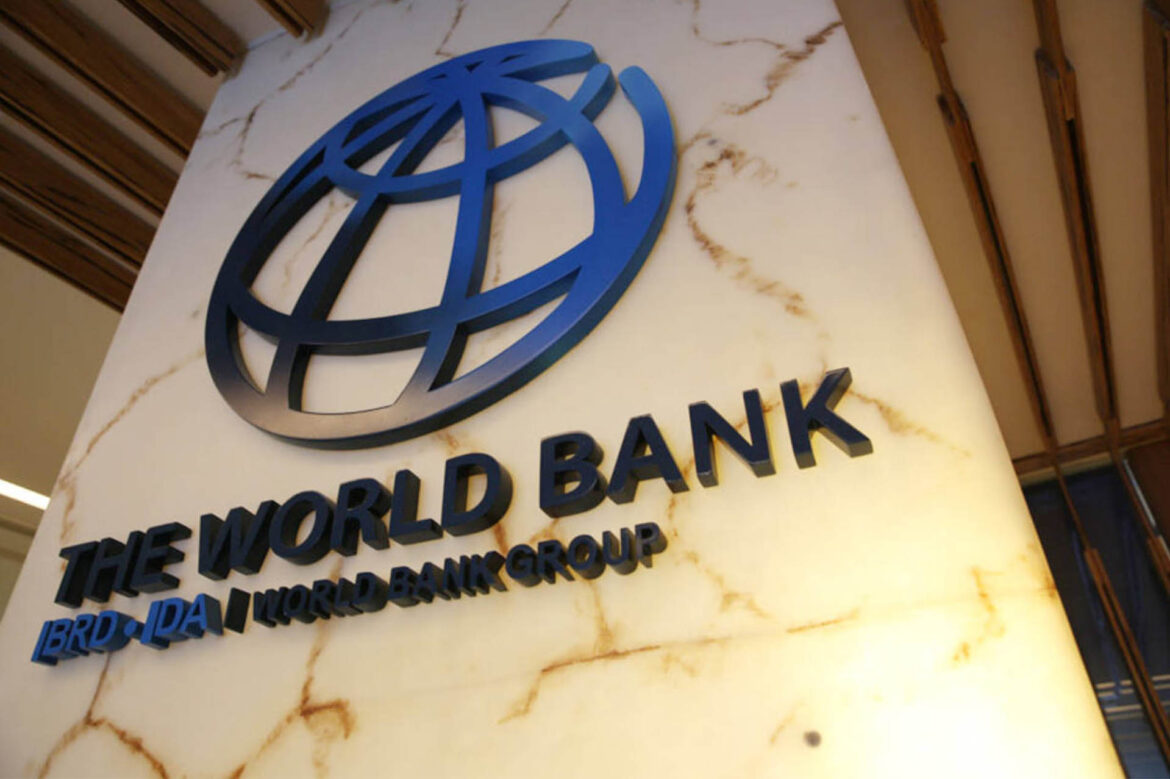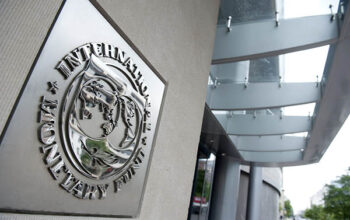By Staff Reporter
ISLAMABAD: Pakistan’s poverty rate has soared to 39.4 percent in the fiscal year that ended in June, up from 34.3 percent a year earlier, as the country faces a severe economic crisis, high inflation and the aftermath of devastating floods, the World Bank said in a report on Tuesday.
The report, titled “Pakistan Development Update: Restoring Fiscal Sustainability,” said that millions of people were pushed into poverty by reduced economic activity and incomes, record-high food and energy prices, disruption to services and loss of crops and livestock during the catastrophic 2022 floods, which affected more than 20 million people and caused an estimated $10 billion in damages.
The World Bank, however, cautioned that the last official survey that allowed accurate measurement of poverty took place in 2018 and that a new survey was needed to update the poverty headcount.
The report comes at a time when Pakistan is facing a massive economic challenge with a $3 billion loan program from the International Monetary Fund (IMF) that resumed in July after being suspended for more than a year due to disagreements over fiscal and monetary policies.
The IMF program, which aims to stabilize the economy and reduce the fiscal deficit, requires Pakistan to implement tough reforms, including raising power tariffs and fuel prices, devaluing the currency and increasing taxes.
These measures have led to a severe rollback of demand and economic activity, leading to frequent shutdowns of industrial units and scaling back of operations. At the same time, a fast-depreciating rupee has caused real incomes to fall, with last-year’s floods adding to economic distress.
The report highlighted that over 80 percent of poor workers in the country rely on agriculture, manufacturing, construction, and trade sectors for employment.
“Muted economic activity in these sectors has had negative impacts on job quality and labor incomes for poor households and for those at risk of falling into poverty,” it said.
“At the same time, food inflation nearly tripled, reaching an average of 38.7 percent in FY23. As a result, households’ real incomes and purchasing power declined. This is particularly true for poor and vulnerable households, which spend roughly half their budgets on food, with households in the poorest decile experiencing a 7-percentage point higher inflation rate than the richest decile.”
The report projected poverty reduction to be gradual in the medium term, owing to weak growth and lower labor income, persistent inflation (especially for food and energy), and lower remittances.
“The poverty headcount rate, measured at the lower-middle-income country poverty line of $3.65/day 2017 PPP, is expected to decline to 37.2 percent in FY24 and further to 35 percent in FY25 on resumption of growth and economic activity. However, the higher energy prices will maintain domestic price pressures and may contribute to growing social and economic insecurity,” the report added.
The World Bank warned that protracted and elevated food and energy price inflation, in the absence of substantial growth, could cause social dislocation and have negative welfare impacts, especially on the worse-off households with already depleted savings and reduced incomes.
“Increased targeted transfers will play a vital role to protect the poorest from these risks.”
The bank said Pakistan faces significant macroeconomic challenges and needs careful economic management and deep structural reforms to ensure stability and growth.
“Careful economic management and deep structural reforms will be required to ensure macroeconomic stability and growth,” said Najy Benhassine, World Bank Country Director for Pakistan.
“With inflation at record highs, rising electricity prices, severe climate shocks, and insufficient public resources to finance human development investments and climate adaptation, it is imperative that critical reforms are undertaken to build the fiscal space and public means to invest into inclusive, sustainable, and climate-resilient development.”
The report said without a sharp fiscal adjustment and decisive implementation of broad-based reforms, Pakistan’s economy will remain vulnerable to domestic and external shocks.
The bank projected real GDP growth would recover to 1.7 percent in FY24 and 2.4 percent in FY25, assuming robust implementation of the IMF’s loan agreement, new external financing and continued fiscal restraint.
The bank also warned that limited easing of import restrictions, weaker currency and higher domestic energy prices would widen the current account deficit and maintain inflationary pressures. The primary deficit was expected to narrow as fiscal consolidation took hold, but the overall fiscal deficit would decline only marginally due to substantially higher interest payments.
The economic outlook was subject to extremely high downside risks, including liquidity challenges to service debt payments, ongoing political uncertainty, and external shocks, the report said.
“These macroeconomic challenges can be addressed through comprehensive fiscal reforms of tax policy, rationalization of public expenditure, better management of public debt, and stronger inter-government coordination on fiscal issues.”
The World Bank said reforms to drastically reduce tax exemptions and broaden the tax base through higher taxes on agriculture, property and retailers; improve the quality of public expenditure by reducing distortive subsidies, improving the financial viability of the energy sector, and increasing private participation in state-owned enterprises; and strengthening management of public debt through better institutions and systems, and by developing a domestic debt market.
Copyright © 2021 Independent Pakistan | All rights reserved




